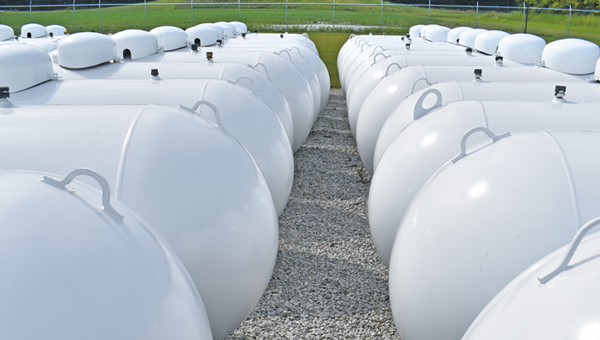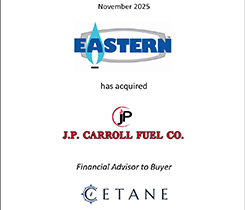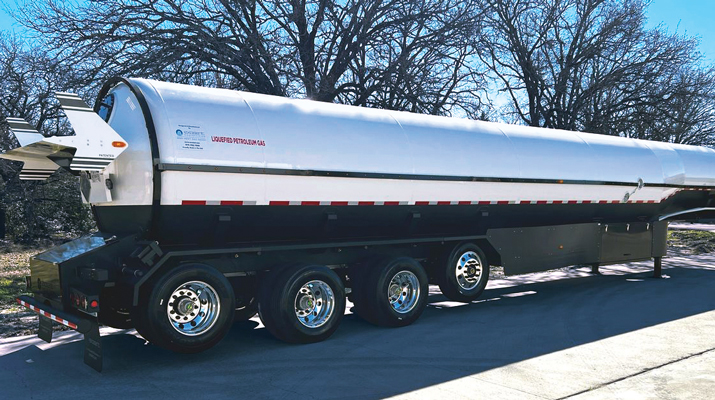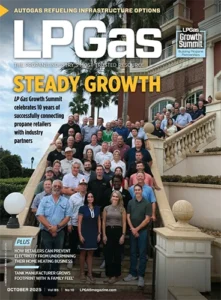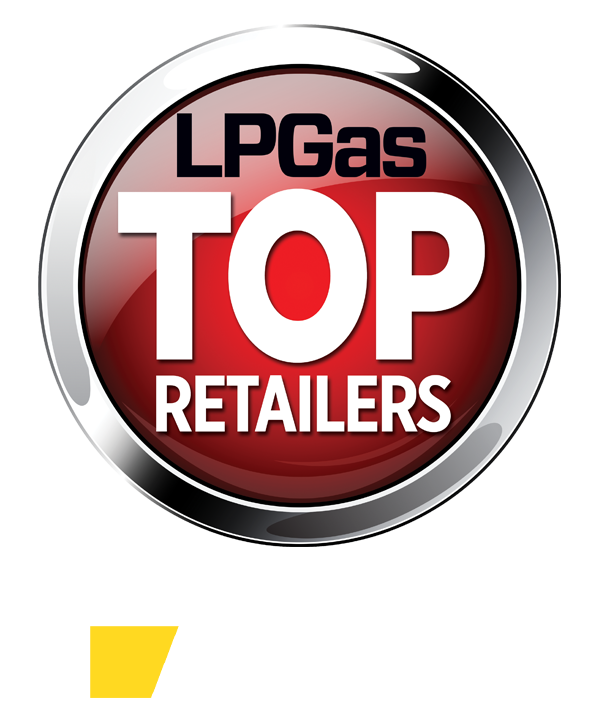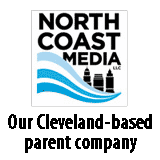Measuring the impacts of US tariffs
LP Gas asked tank manufacturers and other industry leaders: Has your company been impacted by the tariffs this year? If so, can you explain how it has navigated that environment?

“One of the most critical aspects of our actions in response to tariffs is maintaining supply and reasonable pricing. This requires a robust and adaptable supply chain capable of swiftly adjusting to the rapid fluctuations in international market conditions. To achieve this, we have implemented strategies such as strengthening our partnerships with local suppliers to mitigate transportation costs and offset increases elsewhere. Alternatively, we have engaged with domestic (U.S.) suppliers to alleviate duties. The primary objective is to ensure the uninterrupted supply of high-quality materials within the scope of the market.”
– Robert Kenney, CEO, Metsa

“We have seen some tariff impacts. We try to buy almost everything domestically, and almost all of our products are assembled domestically, but components of the completed products we buy may come from other countries and are subject to tariffs, so some of the products we buy have seen tariff increases. As far as the steel we use to manufacture all of our storage units, bobtails and transports, it’s all coming domestically now, so we’re insulated from direct tariffs there. However, indirectly, domestic mills have increased prices because the tariffs made international steel more expensive, which gave them the ability to raise their own prices.”
– Michael Kruger, sales and purchasing, Westmor
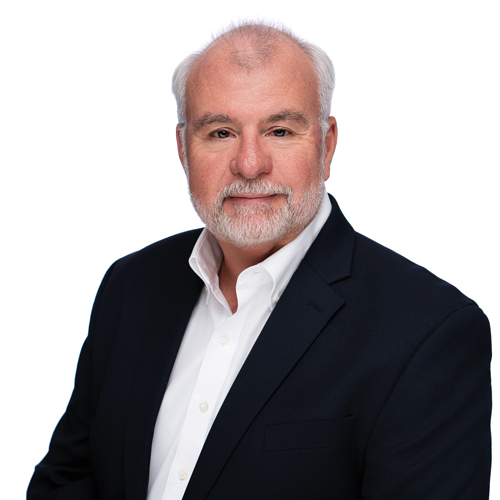
“The impact of tariffs was most significant during the first half of the year. We experienced cost increases in our primary commodity, steel, as well as indirect increases through some of our vendors. While there was concern that tariffs might disrupt the supply chain and create constraints, those disruptions have not materialized. However, the inflationary effects of tariffs have been widespread, affecting everything from labor and transportation to recruitment costs, paint and insurance.”
– Lance Dalton, vice president of sales and marketing, Quality Steel

“Congress has expressed interest in reopening the United States-Mexico-Canada Agreement (USMCA) for review. NPGA is currently gathering member input to shape its position. One area of focus is ensuring that USMCA remains the definitive and comprehensive framework governing tariffs among the three countries – preventing any supplemental or retaliatory tariffs outside of the agreement’s provisions.”
– Steve Kaminski, president and CEO, National Propane Gas Association

“We use a high volume of used storage tanks, [and] we’re buying those domestically. So, there wouldn’t be a tariff impact on that. Any of the new tanks that we buy, again, we’re sourcing those in the U.S. Yes, some of those builders, I’m sure, have steel that originates outside of the country, but I will tell you it feels like most of those builders got ahead of what was coming. Yes, there’s been some impact, but on the large propane tanks and the cost of those, I haven’t seen it as much as what I think people in other sectors, even in our industry, have seen. I would say the price of certain valves and pumps, depending on the materials that they’re constructed with, we certainly saw an incremental increase on those, which we’ve had to stay ahead of. … There’s been a lot of talk on [tariffs], but when you look at the price of our product or even the volume of opportunities or work we’ve done, I wouldn’t say we’ve had a negative impact from it, thankfully.”
– Matt Hiltz, owner, Hiltz Propane Systems

“TRIARC Tank is a North American-focused business, so we felt an impact. Early this year, TRIARC Tank reached out to trade experts to develop a playbook to be in front of any tariff situations before they were announced. Then, we rebuilt our supply chain to be flexible enough to adapt to the different potential outcomes. As a result, we were able to navigate the tariff implementation and revisions with nearly zero business interruption and no additional cost passed on to our customers. TRIARC Tank buys components from vendors and sells finished tanks across North America, so Section 232 steel tariffs, IEEPA tariffs and retaliatory tariffs resulted in some challenges to our existing supply chain, which we were able to overcome with preparation and execution.”
– Jared Wallace, chief commercial officer, TRIARC Tank

“Yes, we have been impacted by the tariffs this year. As an ASME LPG domestic tank manufacturer operating two complementary multinational sites, ProPar Inc. in Canada and TerraVest Tanks in Michigan, we’ve navigated that environment by aligning our North American footprint with a single, uniform standard for our product offerings: to include the same drawings, dimensions, design, specifications, valves, gauges and testing, regardless of origin. To our customers, our goal was to fully integrate our customer-facing operations to provide a clear, streamlined and improved response and complete order cycle time.
“ProPar’s market position and strong reputation in Canada further strengthen our resilience and growth trajectory: ProPar Inc. is the only Canadian-owned company manufacturing new ASME LPG domestic tanks up to 2,000 water gallons today. Coupled with TerraVest Tanks in Michigan producing new ASME LPG tanks and offering tank refurbishment services within the same location, maintaining our current customer commitments was of utmost importance throughout the unknown and dynamic trade policy negotiations.
“TerraVest Industries has long operated a dual-country model that routes work to the shop best capable for a given customer, product and/or schedule. With manufacturing and service facilities across North America, and the ability to ship products and provide service internationally, we are well-positioned to service our customers wherever they operate. That playbook has been in place for years, so we entered this tariff cycle with proven success rather than improvisation.
“What made it work is our people. Executive sponsorship and site-level management buy-in were pivotal. Our teams don’t see two plants competing; we operate as one integrated organization as a uniform market disruptor.
“What we have implemented:
- Shared engineering and cross-functional teams are improving our manufacturing processes.
- Continued product line expansion and capability investments at both sites, eliminating site-specific bottlenecks and improving takt times and throughput.
- Expanded Michigan’s product offerings to also manufacture underground tanks.
- Launched 800-gallon domestic tanks to promote a lower cost of ownership to our customers on a per-water-gallon basis.
- Expanded our freight solutions, ensuring stable delivery commitments and experiences.
- Prioritized shop backlog based on minimizing delivered customer costs.
- Centralized sourcing of steel and critical components with lean replenishment as needed, reducing duplicate inventory and cushioning tariff and currency movement.
“Our result and commitment: to provide a stable, lower-risk North American supplier with consistent and quality standards, predictable lead times and optimized freight, now and over the long term, delivered by two fully aligned facilities that operate as one.”
– John Hearn, vice president and general manager, TerraVest Tanks
Featured homepage image: atakan/iStock/Getty Images Plus
Related Articles
Trump executive orders: What propane businesses, consumers need to know








